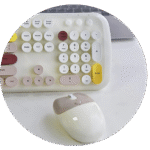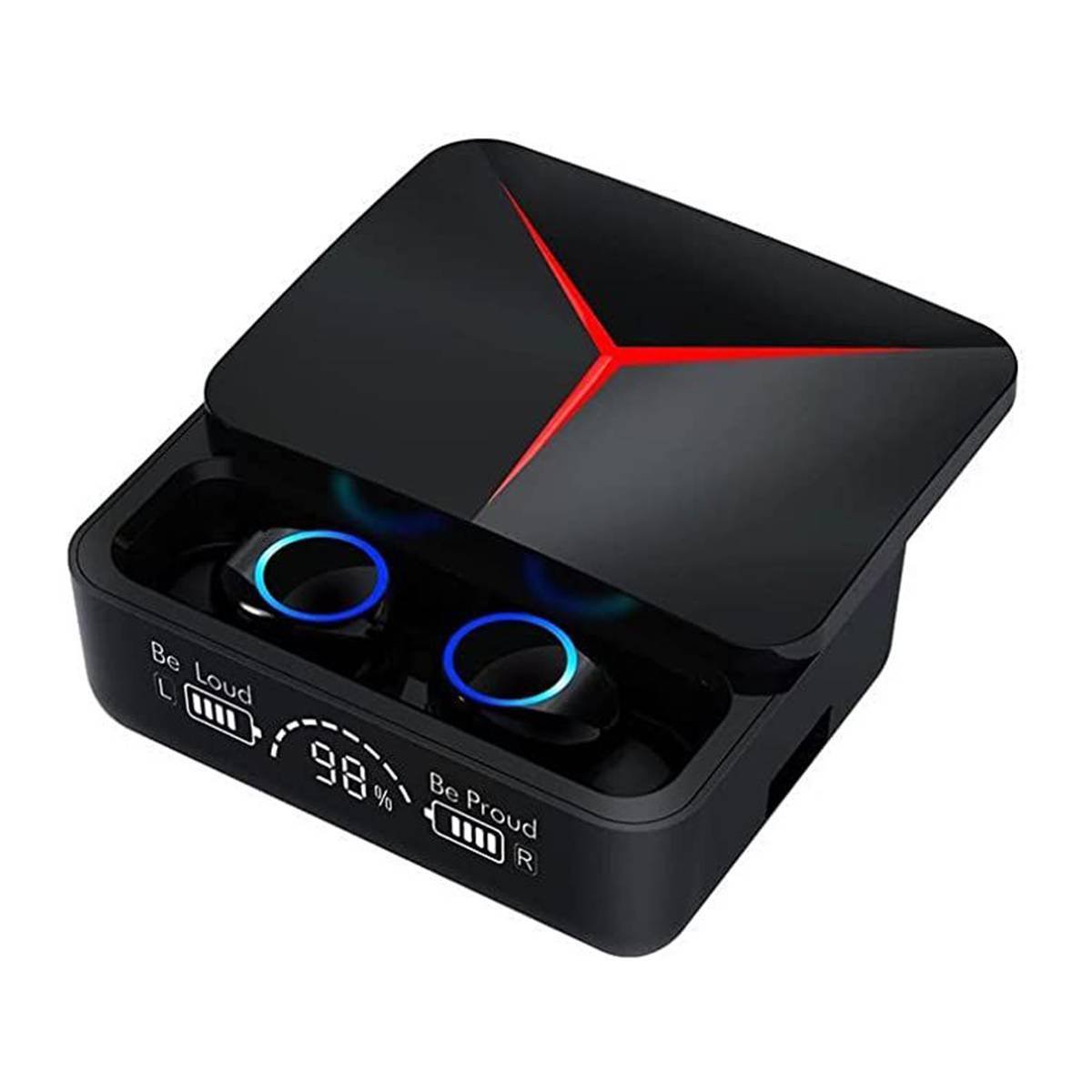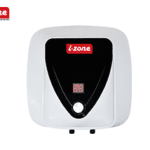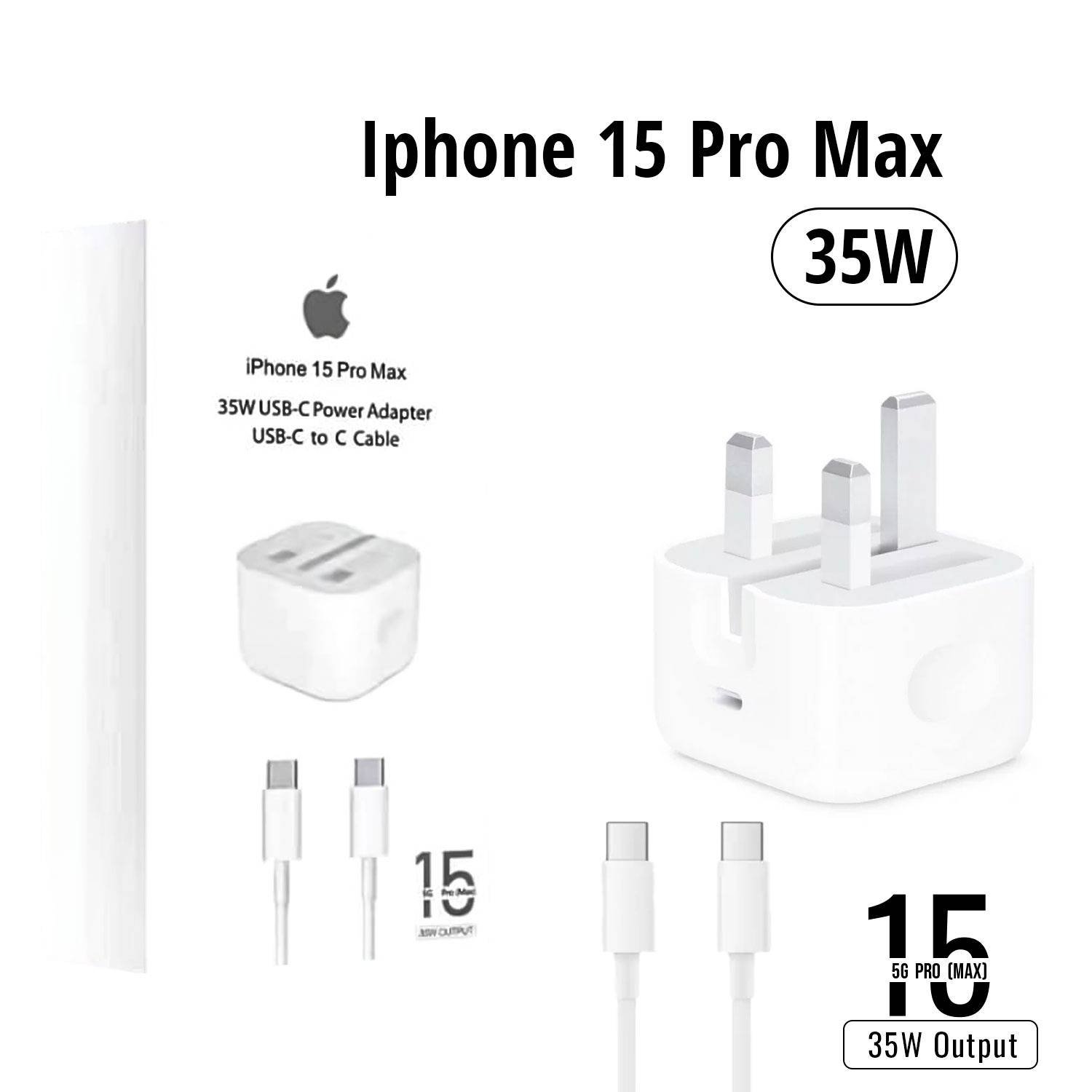Simplify Accrual Accounting for Your Winery with Outsourced Bookkeeping

Beverage industry bookkeeping breaks down costs into two main groups. These are known as COGS (cost of goods sold) and COGP (cost of goods produced). To recap, the chart of accounts is a vital asset to your business.

Prevent Costly Mistakes
The costs of grapes, bulk wine, glass, and other dry goods must be assigned to separate wines and tracked by SKU. As a general rule, small wineries should be on a cash basis for tax. When using the cash basis for tax, the tax prepreparer has more flexibility in applying tax regulations to your situation to ensure you are minimizing your tax liability. One thing that should NOT https://www.bookstime.com/bookkeeping-services/portland generally be included in income is sales tax and tips collected from customers. These should be broken out from sales revenue and recorded in liability accounts. When looking at your financial reports, we recommend always starting with a collapsed view, to get a high-level understanding of your business performance.

How Outsourced Bookkeeping Can Simplify Accrual Accounting for Your Winery
- Our packages typically range from $1500/month to $4000/month, depending on the size and complexity of your winery and the level of work we are doing.
- This level of detail allows vineyard managers to pinpoint inefficiencies and make more informed decisions about resource allocation.
- Finally, in the area of overhead, wineries will need to exercise judgment and use appropriate estimates.
- Inventory valuation is used to determine the value of your stock at any given time, which is important for making informed decisions about buying and selling inventory.
- This varied background equips him with a distinctive perspective, allowing him to contribute significant financial and operational value to the clients he serves.
Utilizing these services can improve financial accuracy, compliance, and overall business efficiency, allowing winery owners winery bookkeeping to focus on production and growth. Key components of wine accounting for a winery include cost of goods sold (COGS), inventory management, and production costs. Accurate inventory management ensures proper stock levels and valuation, while tracking production costs helps in pricing strategies and profit maximization. As your winery grows beyond its initial stages, the limitations of cash-basis accounting often become apparent. While tracking cash inflows and outflows is essential for day-to-day operations, it doesn’t always provide a true reflection of your profitability and financial position.

Bookkeeping, Accounting, and Finance by people who are as passionate about wine as they are financial statements.
The method you choose for your cost accounting is a crucial decision. For example, if the area dedicated to packaging takes up to 30% of your total facility floor space, you can apportion 30% of your total rent and building insurance to package. Conversely, utilities are usually broken down by actual consumption per production stage, unless all departments are using nearly equal amounts of energy.
- This difference means that a vineyard and a winery are set up as two separate entities, with the vineyard using the cash basis and the winery using the accrual basis.
- One of the most telling indicators is the gross profit margin, which measures the difference between revenue and the cost of goods sold.
- However, depending on your preferences, a few other options could also work.
- Presently, he collaborates with closely held private wineries, providing fractional controller and CFO services that cater to their unique needs.
- Once the wine is bottled, aged, and ready to sell, you then need to take on the marketing of your product.
Turn to Protea Financial to Get Help with Cutting Your Winery’s Expenses

There are several ways to allocate costs, but regardless of the method used, it’s important to apply it consistently. GAAP and it also makes it easier to spot variances when they do occur. Once a methodology is determined and adopted, a winery can fine-tune its data capture and reporting procedures to ensure the information used to cost its products are accurate.

For instance, sales recorded directly in QBO can be recorded as adjustments at the end of the month to true up your physical count. However, there are some nuances that you need to understand about how it works. QuickBooks Online uses an algorithm to suggest vendors and categorizations payroll in the bankfeed that may not be correct.
- Conversely, utilities are usually broken down by actual consumption per production stage, unless all departments are using nearly equal amounts of energy.
- Applying early is essential due to the complex and time-consuming approval processes.
- In other words, management reports are the diagnostics on your winery’s financial health.
- Weighted Average Cost is a more generalized approach, calculating the average cost of all inventory items available for sale during the period.
- It’s particularly useful for wineries with large volumes of similar products, as it simplifies the accounting process while still offering a reasonable approximation of inventory value.
- The Winery Accounting Services can be of great help in managing inventory.
- And if you think that’s enough cost accounting for one day, no – not even close.
Initial costs include purchasing land, establishing the vineyard, buying equipment, and obtaining necessary permits. You can expect to spend anywhere from $600,000 to $1,000,000 for a small winery. Major expenses involve land acquisition, vineyard planting, fermentation tanks, bottling machinery, and labor costs. Interested in learning more about how a winery bookkeeper can help you reduce your operating costs?





 Bluetooth AirPods
Bluetooth AirPods Wireless Bluetooth Earbuds
Wireless Bluetooth Earbuds Wireless Handsfree
Wireless Handsfree




 Electric Geyser
Electric Geyser
 Wireless Charger
Wireless Charger Wired Mobile Charger
Wired Mobile Charger

